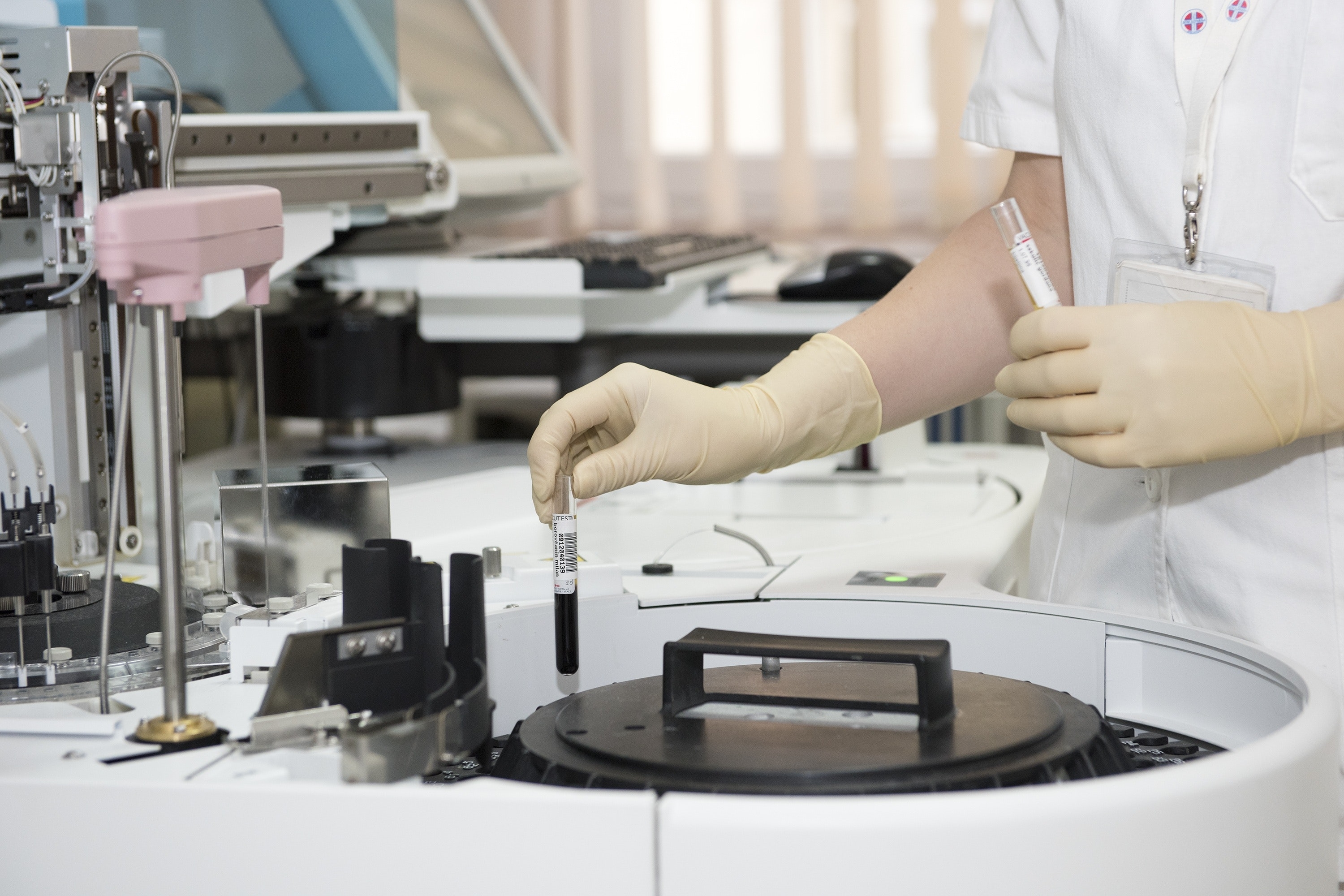How Lab Grown Diamonds Are Made: Understanding The Process
Diamonds are one of the most beautiful naturally-occurring gemstones – but today, thanks to modern technology, they can also be created artificially in a lab. If you’ve ever wondered about how lab-made diamonds work and how they’re made, you’re in the right place. In this post from New Dawn Diamonds, we’ll be taking a look at the basics, and discussing how lab grown diamonds are made. Get all the details below.
The First Method Of Growing Lab Diamonds – HPHT (High Pressure, High Temperature)
As you may already know, diamonds are a type of crystal formed out of pure carbon, which is placed under intense pressure and heat in the Earth’s crust. Because of the high pressure and temperatures involved, diamonds are often found in areas of the Earth’s crust with high levels of volcanic activity.
So, to manufacture synthetic diamonds, the first process used in labs was HPHT (High Pressure, High Temperature) manufacturing. By putting carbon under the same levels of heating and stress that can occur in the natural world, a diamond can be created. There are three primary types of HPHT synthetic diamond manufacturing:
- Belt press – GE first invented the belt press, and used it to create the first lab-grown diamond in 1954. This press uses an upper and lower “anvil” which are pressed together to generate more than 1.5 million PSI (Pounds Per Square Inch) of pressure, and create a temperature exceeding 2,000 C. This pressure causes raw carbon to melt around a small diamond “seed” and form a larger diamond.
- Cubic press – Rather than two anvils, a cubic press uses a series of 6 pistons which each have an anvil. These anvils place pressure on a cubic pressure cell which holds the carbon. When the desired pressure is reached, an electric current is run through the pressure cell to achieve the proper temperature, until diamond-to-diamond crystal bonding has been completed.
- Split-sphere (BARS) press – The BARS system is similar to those used above, but it uses a cylindrical pressure cell to hold a seed diamond and carbon, which is placed between two spheres. Then, hydraulic oil is heated to flow around this cell to exert pressure, and the cell itself is heated to provide high temperatures.
While each method is slightly different, they all have the same goal – apply the proper amount of pressure and heat to transform raw carbon into a diamond. The largest HPHT diamond ever crafted weighed in at 10.02 carats.
Chemical Vapor Deposition (CVD) Diamonds
This method of growing diamonds in a lab eschews the use of high pressure and high temperatures. Instead, it uses a special hydrocarbon gas mixture.
First, a thin “slice” of diamond seed (often produced with the HPHT method) is placed into a special sealed chamber. Then, this chamber is heated to about 800 C, and filled with carbon-rich gases like methane. These gases are “ionized” into plasma using an energy source like a microwave emitter or a laser.
This ionization breaks the molecular bonds of the gases, releasing pure carbon. This carbon then begins to adhere to the diamond seed, and builds into a crystal as carbon atoms bond to other carbon atoms.
CVD diamonds don’t require the same level of high pressure and high temperatures as HPHT diamonds, so this process is more energy-efficient. Diamonds can also be grown over larger areas, compared to HPHT, with finer control over the properties of the finished diamond. Overall size is smaller, though – the largest CVD diamond ever made weighed in at 3.23 carats.
Know How Lab Grown Diamonds Are Made!
We hope this article from New Dawn Diamonds has been helpful and educational, and that you’ve learned a bit more about how lab-grown diamonds are made. Thanks for reading!

